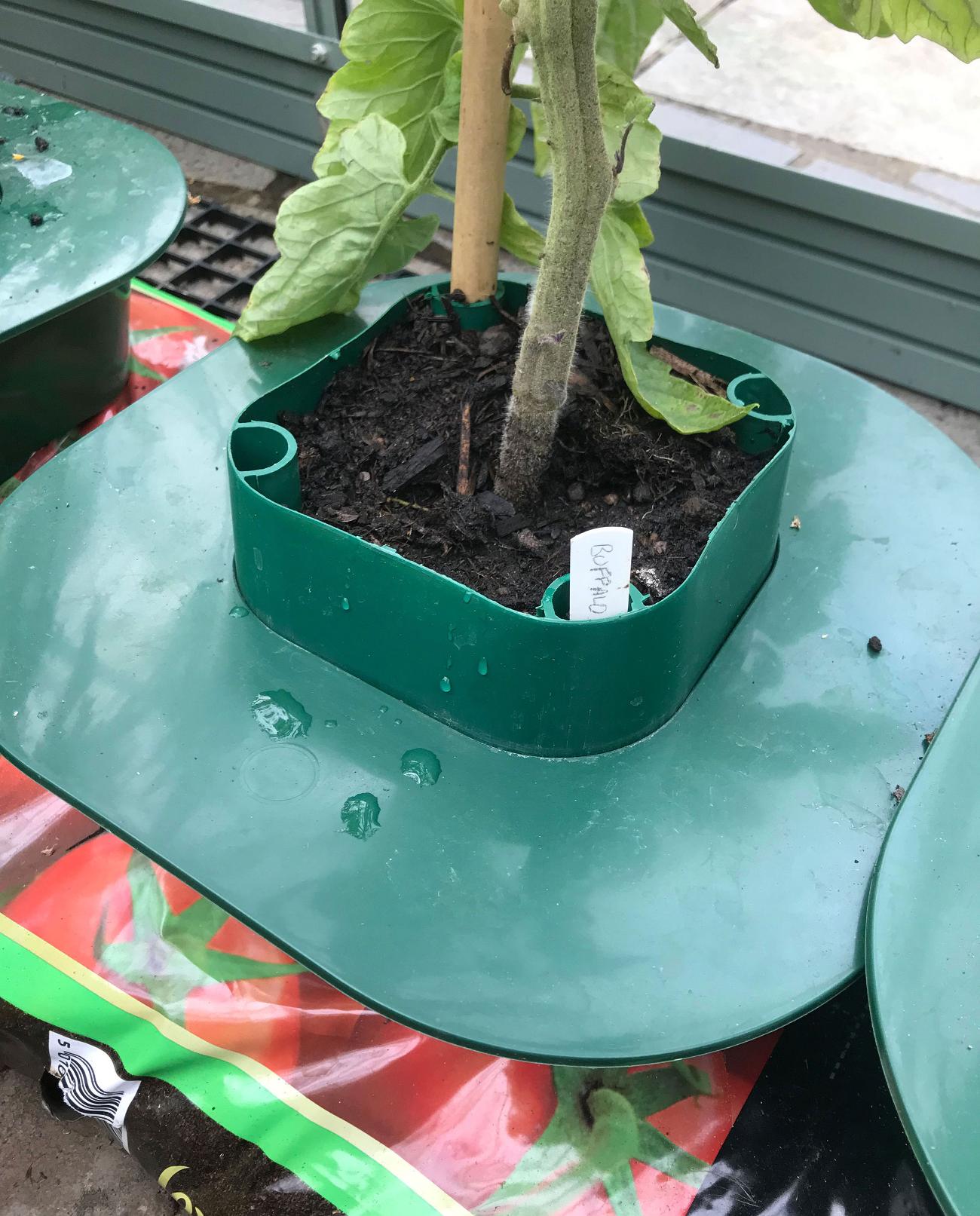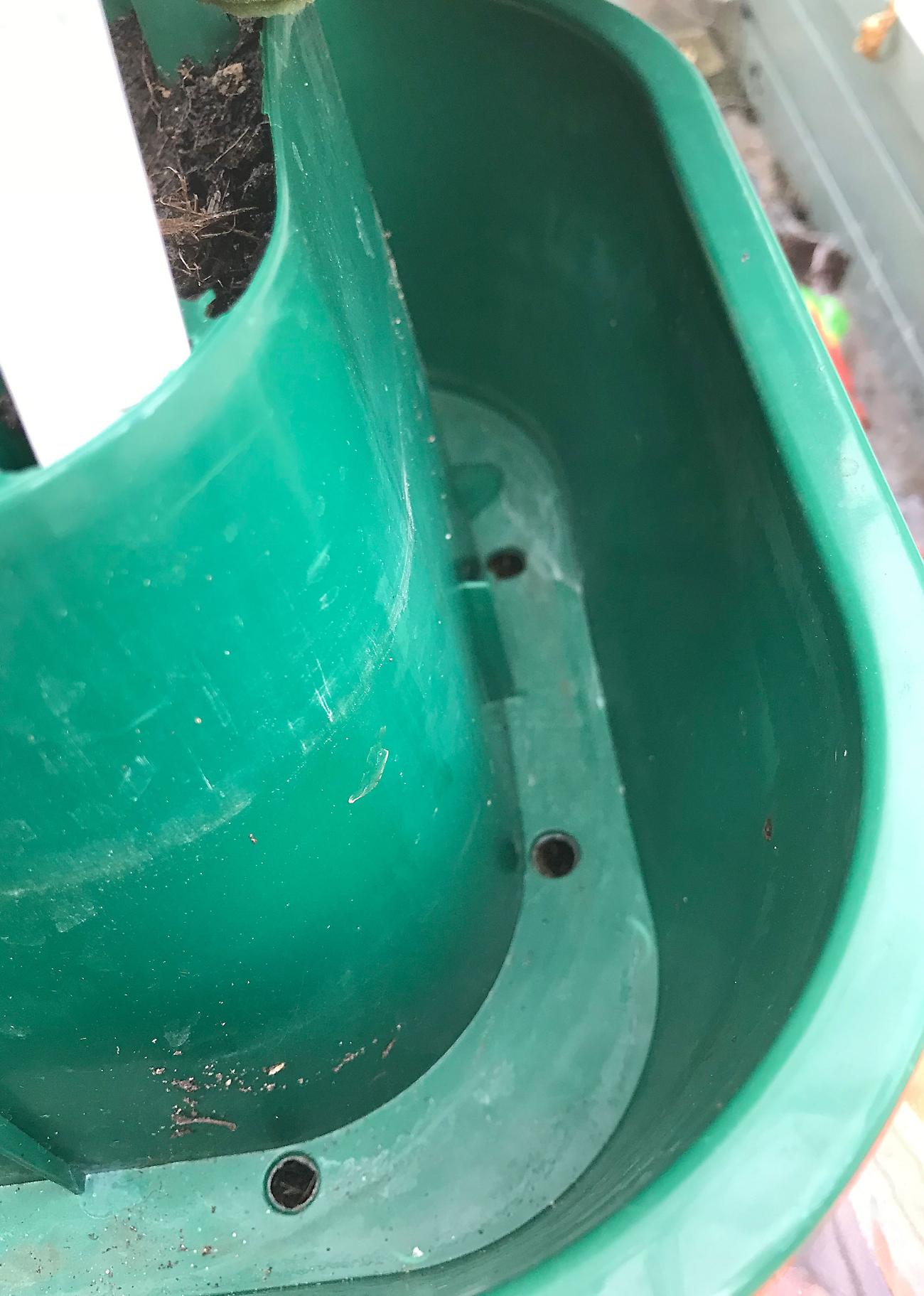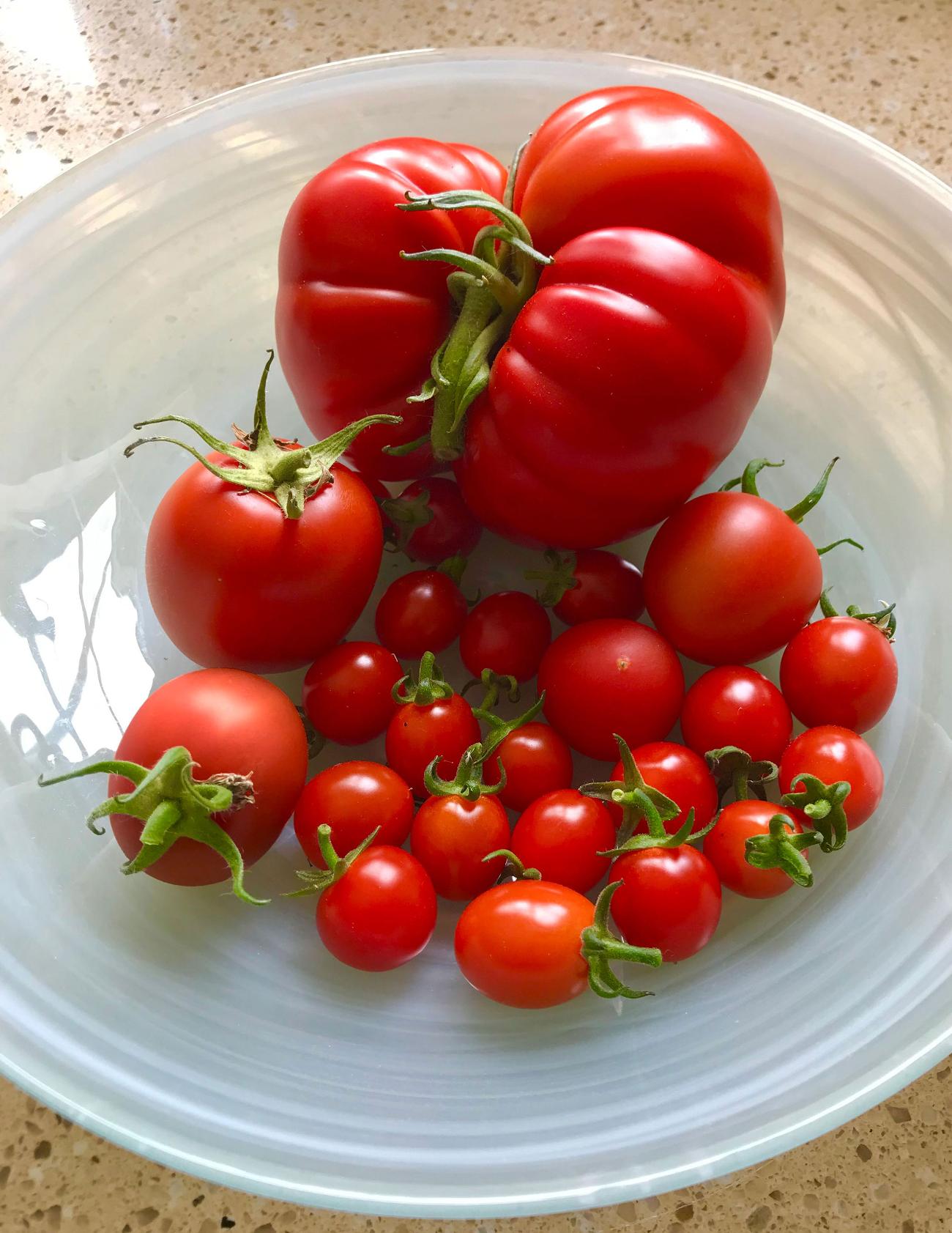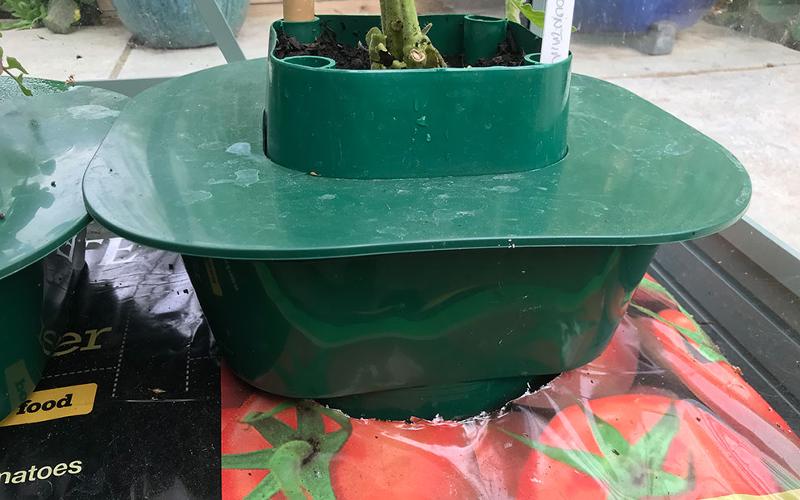If you're like me and you've had some experience of finding dark greenish-brown patches on your tomatoes, it can be really annoying. Especially after you've invested you're heart and soul in sowing the seeds, monitoring temperatures and watering until the first shoots show, then pricking the seedlings out into larger pots and nurturing them through to mature plants, only then to lose the crop they produce through ghastly patches on the base of the fruit.
This is widely known as blossom end rot and ‘technically' speaking it's brought about by a calcium deficiency in the plant. Now most soils and all branded grow bags should have sufficient calcium in the soil to produce healthy plants and fruit. The problem is actually caused by the plant not having sufficient moisture to transfer the calcium from the soil via the root system up into the furthest reaches the plant.
So…. Easy solution…. make sure the plants get plenty of water…wrong!!! This too can cause even more problems with cell failure in the plant killing it altogether, especially if drainage is also poor, which can be the case with overwatering grow bags and pots. Tomatoes respond really well when they have the right amount of water ‘all the time'. Consistency is absolutely everything.
TOMATO HALO
I previously grew tomatoes in pots but earlier this year, I decided to give the grow bags a try. Due to this change I invested in some tomato ‘grow bag' pots or ‘halos' from ‘Selections. com'. There are many other suppliers who provide these devices, and you can probably find them in your local nursery. Basically, they consist of a central planter in which the plant sits surrounded by a lower reservoir with holes in the base, allowing the water to drain into the soil as an when the soil dries sufficiently to require water.
My kits came with a A4 page of instructions regarding how to incorporate/cut them into the ‘grow bag'. These particular halos came with serrated edges around the base, which made this a bit easier. This was followed with instructions on correctly positioning the plants and any supports, such as bamboo canes. In retrospect I would position the canes first, as the central section comes with four corner tabs, one of which can be used to secure the base of the cane.

I also invested in ‘covers' for the reservoirs to prevent (I assumed), evaporation of the water in the reservoir, which in hindsight was somewhat pointless, as I'll explain later. I then had to cut drain holes into the sides of the grow bags themselves to provide drainage (isn't that going to be managed with the halos? I found myself asking). Apart from the last instruction this all made perfect sense. If you're going to try these, still remember to plant the tomato plants deep in the soil.
WATERING
So, with all my plants and halos in situ, I now had to start the watering. Watering was also part of the supplied instructions. Now the instructions supplied are very specific and refer to time periods of when to water the plant holder and when to fill the reservoir and when you should water both.

As I mentioned earlier, once I filled the reservoir, I had surmised that it would drain into the soil, as and when the soil needed water. In truth, as fast as I filled the reservoir, the water went straight through the holes into the bag and continued attempts to fill the reservoir just resulted in the water coming out of drain holes that I had cut into the side of the grow bag. So, very quickly, I learnt to judge how much water I should put in the reservoir to water the plant but not ‘flood the greenhouse'. I believe this works better when the tomatoes are grown in the ground rather than bags as excess water can drain into the soil.
You've probably guessed by now that what the halos actually do 'indirectly' is, teach consistent watering, which I would find hard to argue with. So, the question in my head was, were they worth the money?
Firstly, we aren't talking huge cost here and handled with reasonable care they can be reused every year. So great for the environment too. Also, my tomatoes didn't experience any ‘blossom end rot' whatsoever. Whether this was due to the halos or just much more diligent watering is still a question in my head.
Furthermore, the thin lids (I mentioned earlier) that I bought with them to prevent ‘evaporation' at least allowed me to stand companion pots of basil in between the tomato plants, which appeared to eliminate greenfly from my tomato plants entirely. So, in summary I would say it was a worthwhile purchase even if it just teaches you consistent watering…

